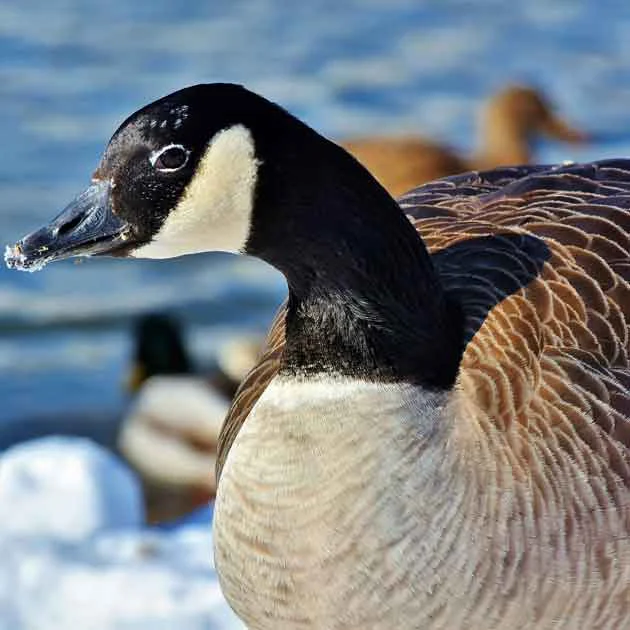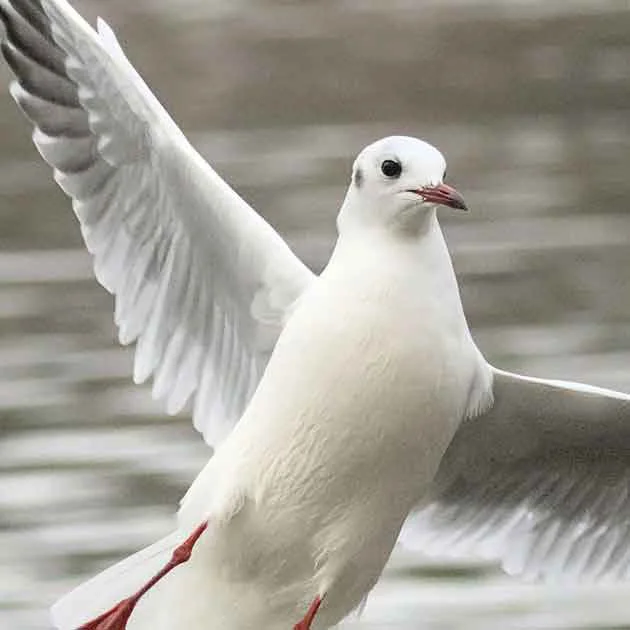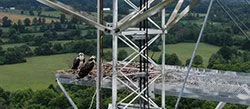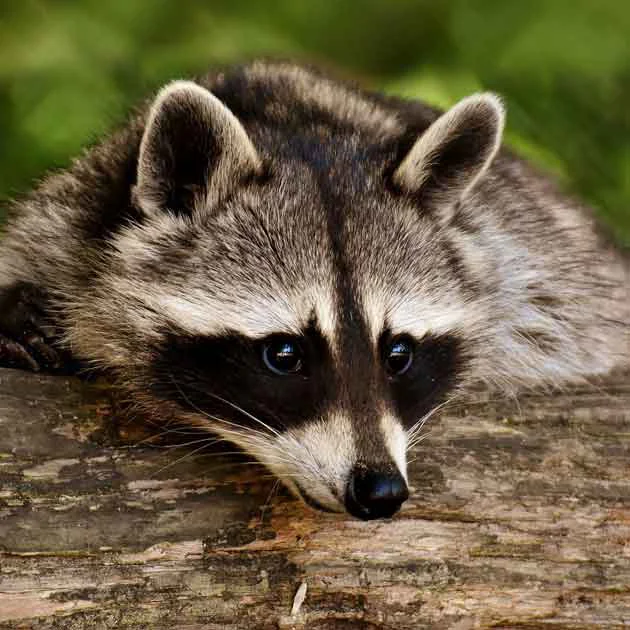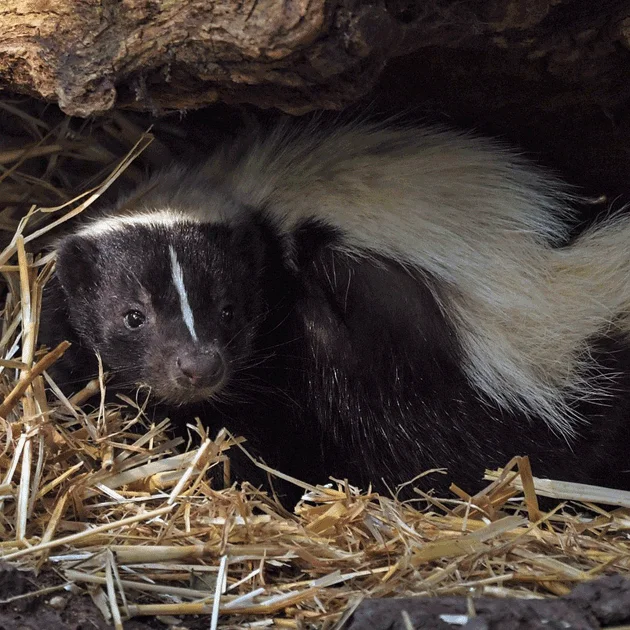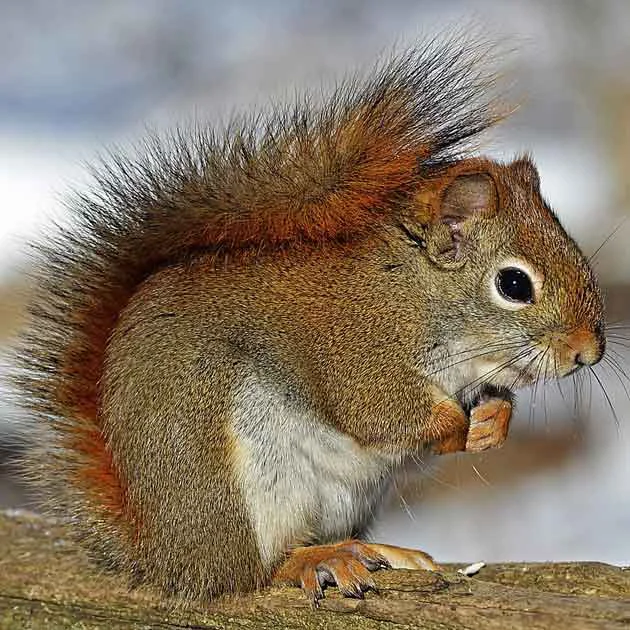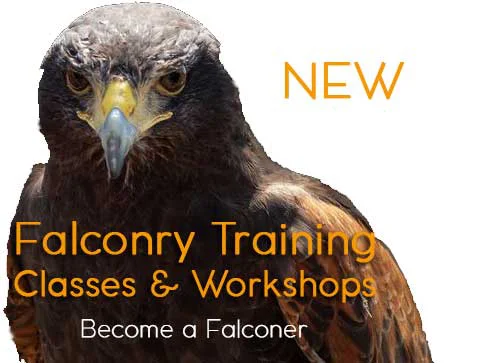Birds of prey, also known as raptors, are a diverse group of predatory birds that are characterized by their sharp talons and hooked beaks. These birds are well equipped to hunt and feed on other animals, and the condition of their beaks plays a big role in both, the hunting and feeding process. Coping a bird of prey's beak involves trimming or filing its beak to maintain its proper shape and length. In this article, we will explore the ratios and angles of beaks for hawks, falcons, eagles, and owls, and how trimming is done.
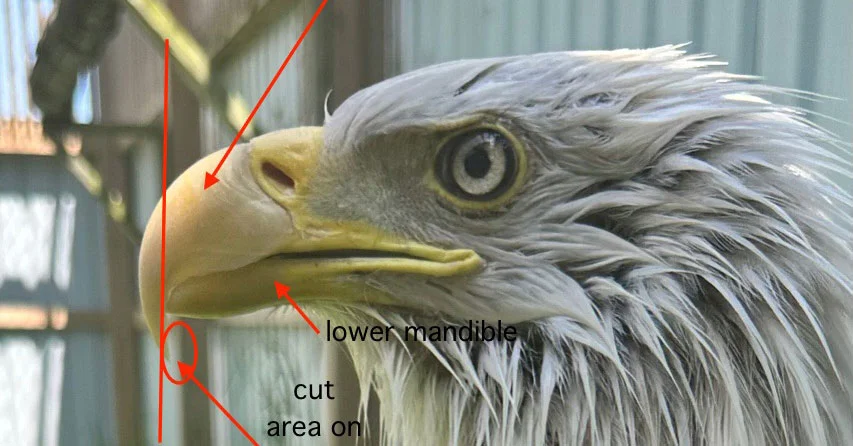
A birds of prey's beak is a specialized, precise tool that is designed for capturing, killing, and consuming prey. The shape and size of the beak vary depending on the bird's hunting style, diet, and habitat. For example, hawks and eagles have longer beaks that are designed for tearing flesh, while owls have shorter, curved beaks that are designed for crushing and tearing apart prey.
The ratio of the beak to the head size is an important factor in understanding the beak's function. Generally, the beak's length should be around 1/3 to 1/2 the length of the skull. The exact ratio is different for each species, with eagles having a longer beak in proportion to their head size than hawks or owls. The shape and angle of the beak is also an important consideration, with hawks and eagles having a more pronounced curve to their beak than owls.
The upper mandible is the top portion of the beak and the lower mandible is the lower part of the beak. It is important that the lower part does not hit the upper part as the bird opens and closes its beak. Our diagram shows how if the bird was standing straight and a line was drawn parallel to the body and meeting the ground at 90 degrees at the end of the lower mandible, any overlap from the upper mandible would need to be trimmed - again, in a straight line parallel to the body.
Coping a bird of prey's beak is necessary to maintain the proper length and shape of the beak. Beaks can become overgrown if a bird is not hunting or using its beak enough, or if there are issues with the bird's diet or health. Trimming the beak involves using a specialized tool to file down the beak to the proper length and shape. The process is similar to trimming human nails, but it requires great care and precision to avoid injuring the bird's sensitive beak. If a considerable amount of trimming is required AND the task is performed by an experienced falconer, a powered tool may be used to start with, but hand trimming and filing should be one's first choice.
In summary, coping a bird of prey's beak involves understanding the ratios and angles of the beak for each species and using specialized tools to trim the beak to the proper length and shape. The beaks of birds of prey are essential tools for hunting and feeding, and it is crucial to maintain their proper shape and function for the birds' survival and./or to maintain optimal health.



